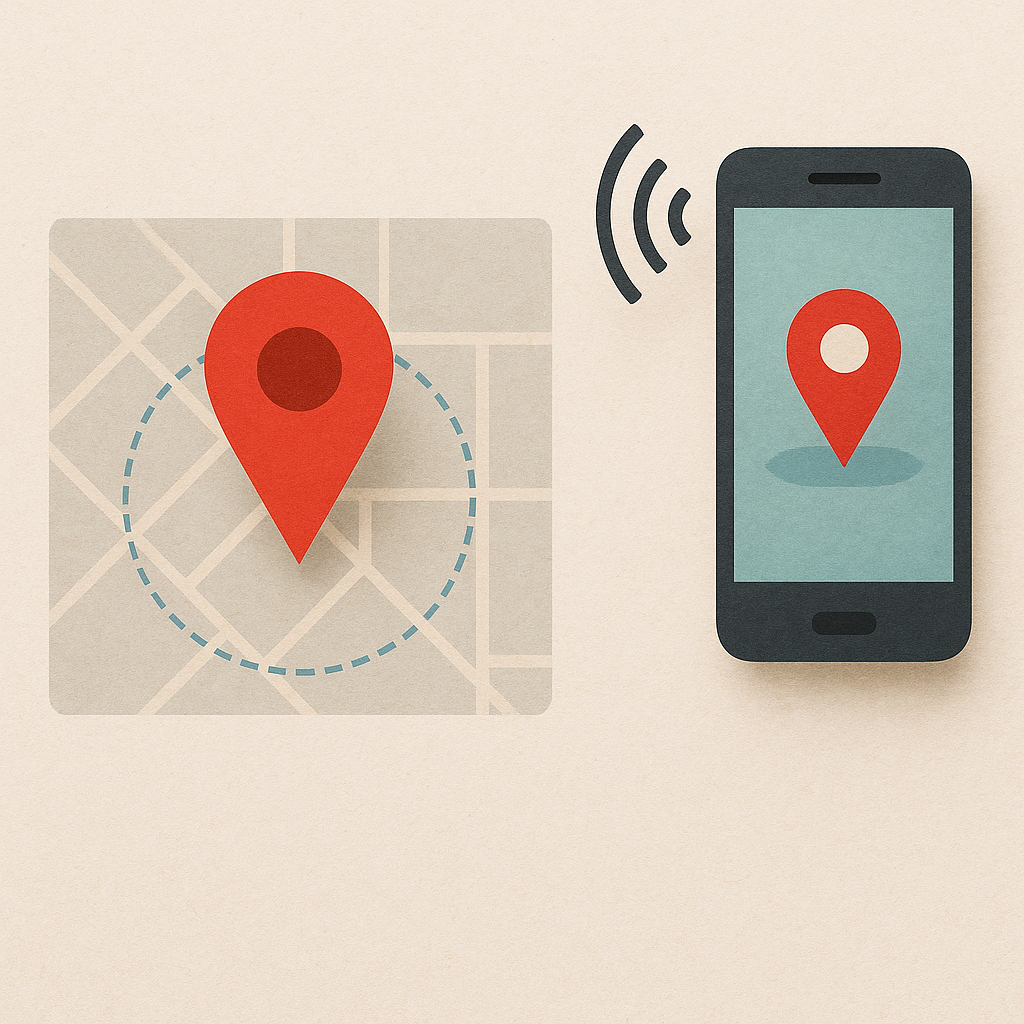
By Jenny Holly Hansen | WBN News | May 4, 2025
In today’s digital age, the key to effective advertising is relevance, and nothing makes your ads more relevant than geotargeting. Geotargeting allows businesses to deliver tailored messages to users based on their geographic location. By focusing on specific areas, you can ensure your advertising resonates with local audiences, drives foot traffic, and maximizes return on investment (ROI).
Here’s how geotargeting works, why it’s a game-changer for advertising, and how to implement it effectively.
What is Geotargeting?
Geotargeting is the practice of using geographic data to target ads to users in specific locations. This can range from targeting a city, state, or country to hyperlocal targeting, such as a neighborhood or a specific radius around a business. Geotargeting is enabled through technologies like:
- GPS on mobile devices.
- IP addresses.
- Wi-Fi triangulation.
- Bluetooth beacons in proximity-based marketing.
The Benefits of Geotargeting in Advertising
1. Increased Relevance
Geotargeted ads are tailored to the local preferences, needs, and behaviors of a specific audience, making them more relevant and engaging. For example, a local pizzeria promoting lunch specials within a 5-mile radius ensures its ad reaches nearby customers likely to visit.
2. Higher Conversion Rates
Localized messaging resonates more with audiences, leading to higher click-through and conversion rates. For example, a boutique shop running a geotargeted ad with “Shop Our Exclusive Spring Collection in Downtown Vancouver” appeals directly to local shoppers.
3. Cost Efficiency
By narrowing the focus to specific areas, geotargeting minimizes wasted ad spend on audiences unlikely to convert. For example, a landscaping company serving suburban areas ensures its ads aren’t shown to urban dwellers who wouldn’t need their services.
4. Enhanced Customer Experience
Localized ads provide information that feels tailored and useful to the audience, improving their experience with your brand. For example, a retailer using geotargeting to show nearby store locations and operating hours creates convenience for customers.
5. Real-Time Engagement
Geotargeting can deliver time-sensitive offers to users in specific locations, driving immediate action. For example, a coffee shop running a geotargeted ad for a “Buy One, Get One Free” happy hour deal during afternoon hours.
How to Use Geotargeting Effectively in Advertising
1. Define Your Geographic Scope
Decide the scale of your geotargeting:
- Broad targeting for national or regional campaigns.
- Local targeting for city-specific or neighborhood campaigns.
- Hyperlocal targeting for a specific radius around your business.
- Example: A gym chain might target an entire city but use hyperlocal targeting for ads promoting new membership deals near their newest location.
2. Customize Your Messaging
Ensure your ad copy, visuals, and offers reflect the local context. Mention landmarks, local events, or community-specific details to make your ads resonate. For example, a festival organizer promotes ticket sales with “Join us this weekend at Central Park for the Summer Music Festival.”
3. Leverage Weather-Based Targeting
Combine geotargeting with weather data to tailor your ads based on local conditions. For example, a clothing brand runs ads for raincoats in cities experiencing heavy rainfall and for sunglasses in sunny regions.
4. Use Location-Based Keywords
Incorporate geographic keywords into your ad copy and targeting settings to improve visibility. For example, a plumber targeting “emergency plumbing in Seattle” ensures their ad appears to local searchers with immediate needs.
5. Incorporate Proximity Marketing
Proximity marketing uses beacons or geofencing to engage users who are near your business or a specific location. For example, a retailer sends push notifications with exclusive offers to shoppers within a mall.
6. Track and Optimize Performance
Use analytics tools to monitor the success of your geotargeted campaigns. Metrics like click-through rates, store visits, and conversions can help refine your strategy. For example, a restaurant analyzing campaign data discovers higher engagement from ads targeting office districts and adjusts its targeting accordingly.
Tools and Platforms for Geotargeting
Many advertising platforms support geotargeting, making it easy to implement:
- Google Ads: Offers options for targeting by country, region, city, or radius.
- Facebook Ads Manager: Allows location targeting by city, region, or even zip code, with additional options for including or excluding areas.
- LinkedIn Ads: Ideal for B2B campaigns targeting professionals in specific locations.
- Snapchat and Instagram Ads: Effective for hyperlocal targeting and engaging younger demographics.
Industries That Benefit Most from Geotargeting
- Retail: Driving foot traffic to physical stores with localized offers.
- Hospitality: Promoting hotels, restaurants, and events to nearby travelers or locals.
- Real Estate: Targeting ads for property listings based on the user’s location.
- Health and Wellness: Reaching local audiences with promotions for gyms, spas, or clinics.
- Automotive: Promoting services like oil changes or car washes in specific areas.
Challenges of Geotargeting
While geotargeting is highly effective, it comes with challenges:
- Privacy Concerns: Users may be wary of location-based tracking. Ensure your campaigns respect privacy and comply with data regulations.
- Over-Targeting: Narrow targeting can limit reach, especially for businesses that serve broader audiences.
- Ad Fatigue: Repeated exposure to the same ads can lead to diminishing returns. Rotate creatives and offers to keep your campaigns fresh.
Conclusion: The Local Advantage
Geotargeting empowers businesses to deliver hyper-relevant ads that resonate with their audience and drive meaningful engagement. Whether you’re a small local business or a large corporation, tailoring your advertising to specific locations ensures your message reaches the right people at the right time.
By leveraging geotargeting strategically, you can enhance customer experiences, maximize ROI, and establish your brand as a trusted local presence in the communities you serve. In advertising, relevance is everything, and geotargeting brings it to the forefront.
Let’s Keep Talking:
Jenny is a business insurance broker with Waypoint Insurance.
She is also a business development consultant with Impresario Partners, helping Canadian Business expand overseas.
She can be reached at 604-317-6755 or jhansen@waypoint.ca. Connect with Jenny on LinkedIn at https://www.linkedin.com/in/jenny-holly-hansen-365b691b/. Connect with Jenny at BlueSky: https://bsky.app/profile/jennyhollyhansen.bsky.social
Let’s Meet Up:
Jenny Holly Hansen is a cohost with Chris Sturges of the Langley Impact Networking Group. You are welcome to join us on Thursday’s from 4pm to 6pm at: Sidebar Bar and Grill: 100b - 20018 83A Avenue, Langley, BC V2Y 3R4
TAGS: #Jenny Holly Hansen #Advertising #Geotargeting #Customize Your Message



